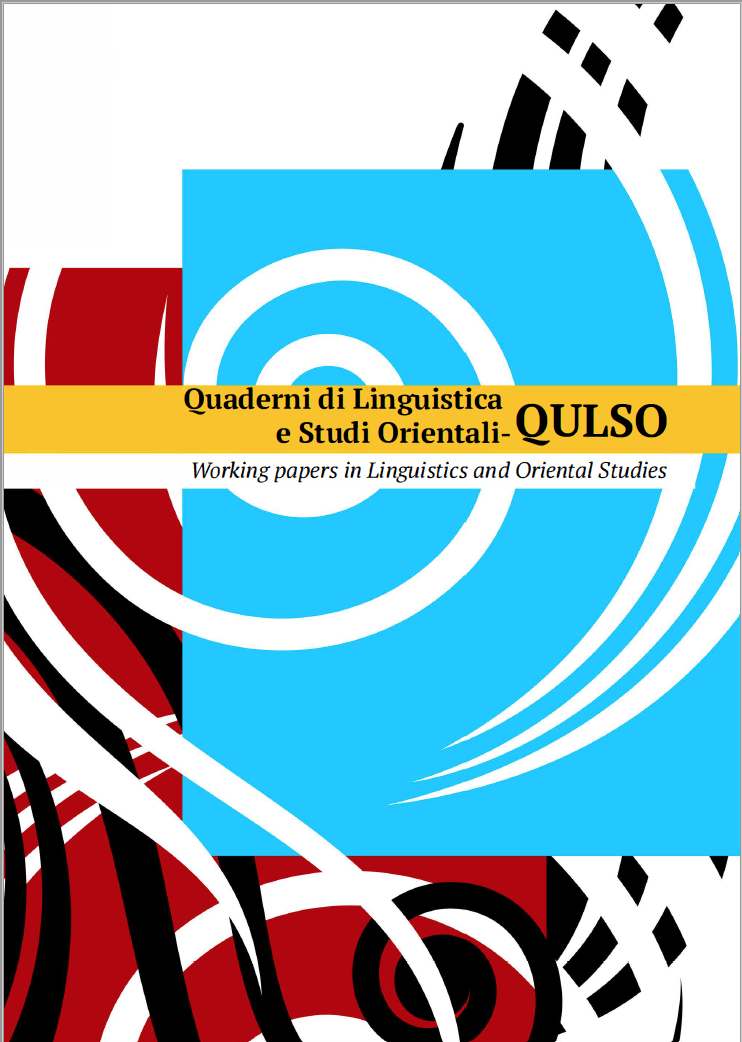Published 2019-08-29
Keywords
- Contrastive Analysis,
- Interlanguage,
- Mother Language and Second Language
How to Cite
Abstract
This article analyzes the differences and similarities between Italian and Spanish and attempts to identify the most problematic areas. The mistakes appear where they are not expected and it is interesting to investigate the reasons for this. Most of these errors are due to the transfer phenomena which interest all levels of analysis, from lexicon to morphosyntax passing through phonology but in different ways. The continuity does not necessarily facilitate learning, particularly when many elements intervene such as the context, the type of learning and the learner’s motivation. The linguistic transfer is a transfer of the habits that have been consolidated in their native language in the L2, it is also one of the most active mechanisms in the learning of a similar language. Contrastive Analysis is useful, not for a purely predictive purpose as it was in the past, because excluding the use of the L1 from didactics is not sufficient to prevent possible interference. The learner must have the possibility to access their linguistic heritage and activate the comparison. The transfer appears no more as a passive process over the learner but as an active process, or rather as a cognitive and communicative strategy.



